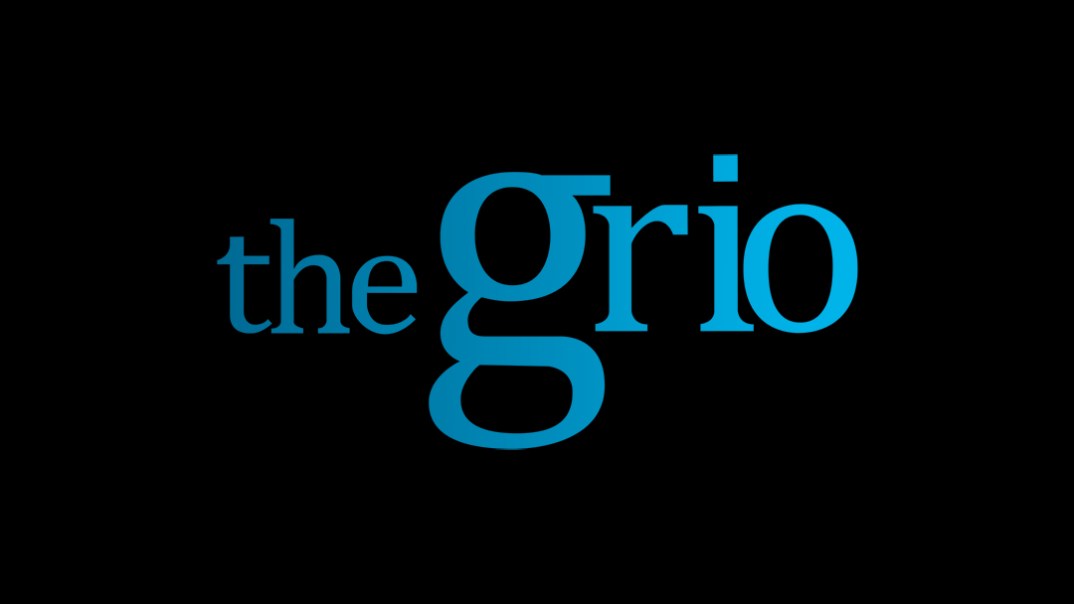It’s time for a revolution in school discipline

The school-to-prison pipeline has moved our youth from the American Dream to an American nightmare. Children, who should be given second chances and opportunities to learn, are being pushed out of the classroom with high rates of suspensions and expulsions.
In Syracuse, NY, 85 percent of inmates had their start in the city school system. An over-reliance on police in schools excuses administrators and teachers from truly dealing with and managing students properly. When a 6-year-old says she was handcuffed under the stairs for stealing candy, you know there’s a problem.
Mom says 6-year-old girl placed in handcuffs under school stairs for stealing teacher’s candy
Zero tolerance policies, which are harsh punishments for anything deemed unacceptable in schools, are increasing the chances that youth enter into the criminal justice system. And the students most affected are students of color, LGBT students and students with disabilities.
Children are not “born bad,” so why do schools treat them that way?
This treatment, as demonstrated by headline after headline of shocking stories, has created an atmosphere of fear, doubt and hatred in our communities. In schools across the country, students of color are three times more likely to be suspended than white students, and even pre-schoolers aren’t exempt. Many parents are left not trusting schools. Many teachers feel alone and unsupported in their efforts to create discipline. Hope is slipping, and it is slipping fast. It’s time for a school discipline revolution — and that revolution is in restorative justice.
Black preschoolers more likely to face suspension
Restorative justice is an approach that focuses on righting wrongs, repairing harms and building community. This means that instead of just kicking students out for mistakes, students are asked to do something for the community to make up for it. They may join a peace circle of peers who hold them accountable for their actions. They may have to apologize face-to-face to a person they insulted or harmed. They may have a mediation with an outside party and others involved.
Sounds too “soft,” like it won’t work? I led restorative justice initiatives in some of Chicago’s toughest public schools with students people deemed too “criminal” or “gangster” to turn things around. I have done trainings with teachers and administrators across the U.S. I’ve seen the change in hearts and minds. At the end of the day, our children are children and it’s our job to teach them. Both students and adults need the tools.
We need to reorganize our priorities when it comes to the well-being of all of our children. Seeking to change behavior through fear and intimidation only reaps more fear and intimidation in our communities. The victims of today will become the offenders of tomorrow if their needs are not met.
Study shows direct correlation between high school dropouts and prison
Restorative justice has the ability to move us from fear to faith and from harm to healing. There is no time to waste. Our communities are in need of healing spaces and connections that celebrate our racial and ethnic heritage. These spaces connect us to the only race that matters — the human race. That’s where the real revolution is.
Robert Spicer is the CEO of Restorative Strategies, where he consults with school districts throughout the United States on how to use restorative justice practices with their students. His restorative justice work at Fenger High School was featured in the eight-part CNN docudrama “Chicago Land.” Spicer is also Christian minister, father of four children and married to his wife, Chandra. He and his family reside in Chicago, IL. You can follow him on Twitter at @mrraspicer.
